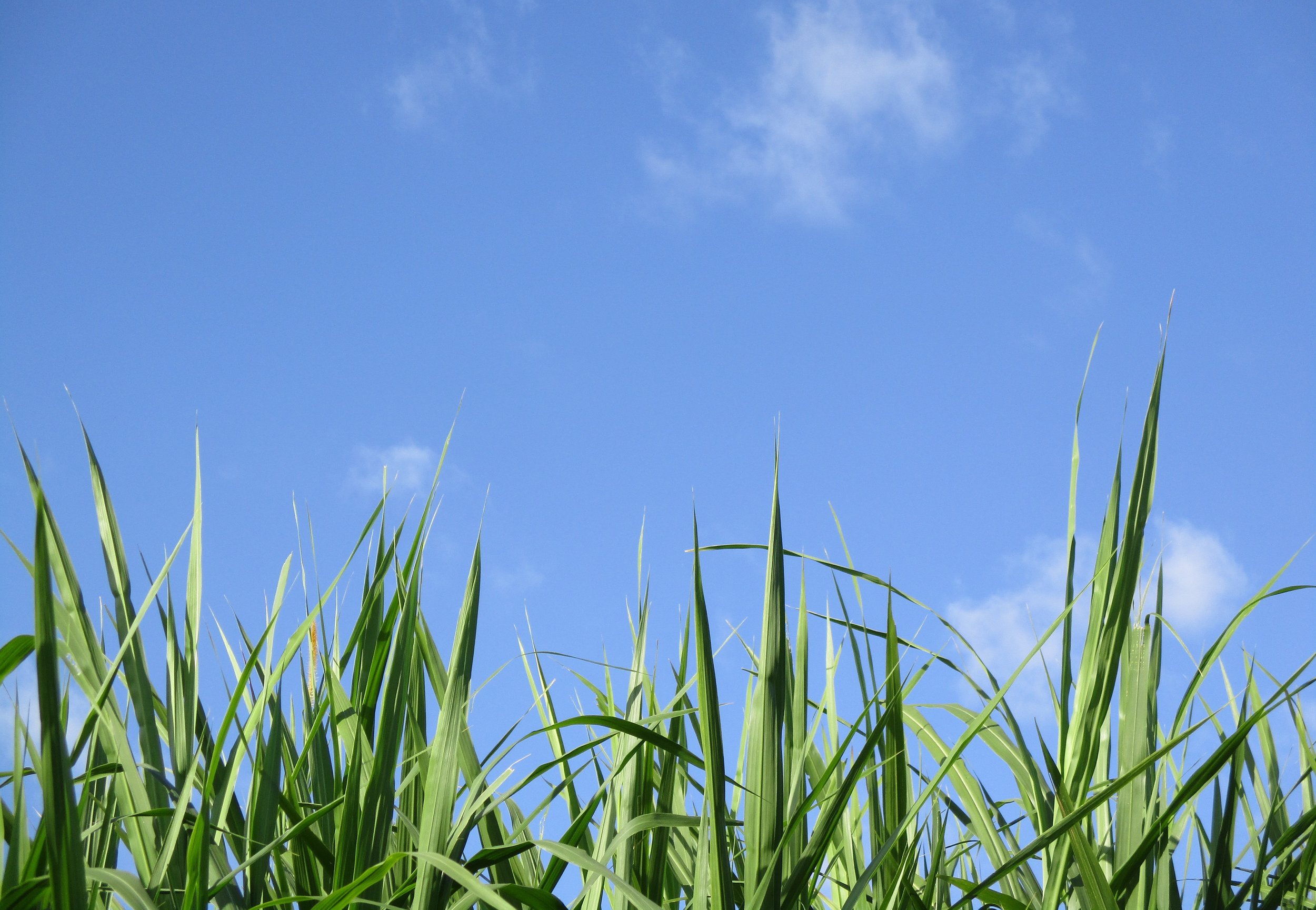
Sustainability
Sustainability - why?
We are facing up to the unprecedented change and challenge of sustainable farming required of UK agriculture and how we can do our small part in this to leave behind a world we can be proud of for future generations. The spotlight is on farming to make a change and we’re certainly giving it our all!
Figures at a glance
750kw of solar
2300kw of wood biomass boilers
42,762 km of hedgerows
1.23 ha of scattered trees
11.5 ha of woodland
How?
The aim of the game is net zero, but how are we aiming to do this?
PLANNING IS EVERYTHING - we are building short, medium and long term plans to reduce our carbon footprint all whilst maintaining our business of producing sustainable food to feed the nation.
HOME GROWN IS BEST - we grow as much homegrown forage and cereals for our animals as we possibly can.
COVER CROPS FOR THE WIN -our fields are never bare with some form of soil cover from either grassland, autumn planted cereals or multi species cover crops including radish, oat, clover and rape in readiness for spring sown maize. Cover crops in particular are incredible at reducing the need for adding nitrogen to the soil.
PERFECT POO - we always aim to optimise our farm nutrients, resources and organic manures from the animals.
BRILLIANT BIOMASS AND SUPER SOLAR - 7 years ago, we took the rather expensive decision to invest in renewable forms of electricity and heating, especially the poultry units. 750kw of solar and 2300kw of wood biomass boilers which we’re really proud of. We have a total of four solar arrays across the farm that are land based; powering the dairy and poultry houses. Any electricity left over is exported to the grid so nothing is wasted.
Wildlife
The cows and chickens aren’t the only important animals on the farm. All the wildlife that surrounds us benefits from the way we farm. For example, habitats above and below the cover crops are thriving; creepy crawlies and microorganisms below and the deer and hare that graze on top. We also only hedge trim during the months of September and January in order to not disturb any habitats. Hedge and tree rows are being added to yearly and we are also investing time in creating ponds.




